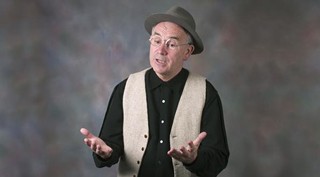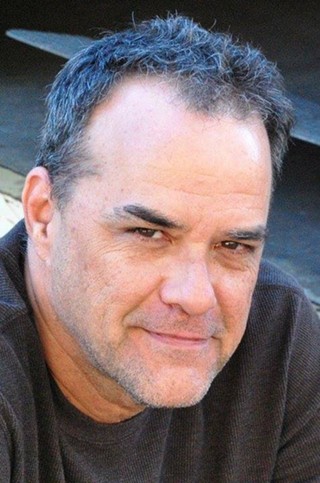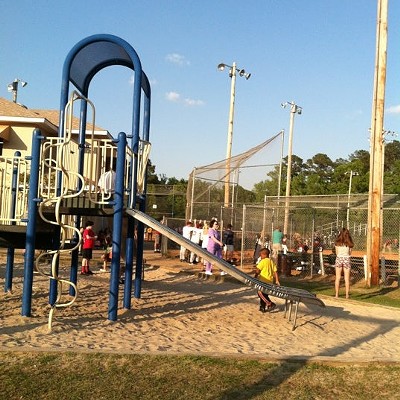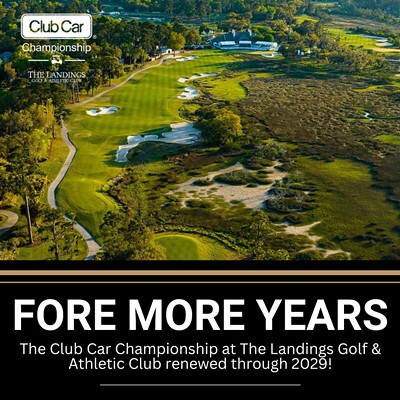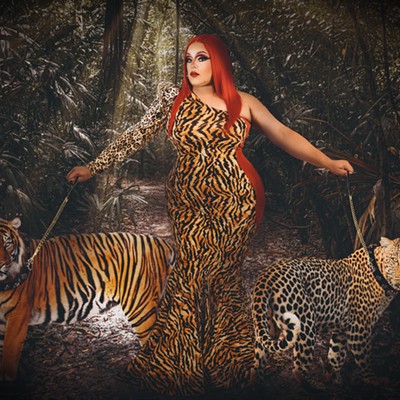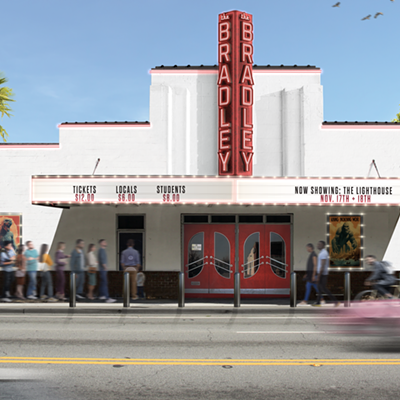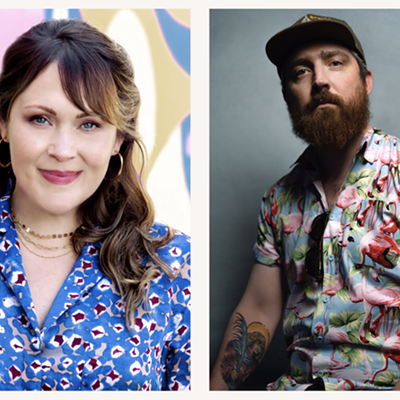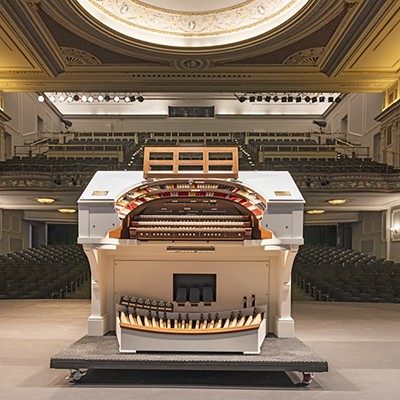The storytelling tradition in Ireland goes back thousands of years, to pre–Christian times. People in remote villages welcomed the arrival of the traveling seanachie, who spun elaborate tales about kings, wizards and heroes of mythology and the human spirit.
The seanachie – loosely translated, it means “bearer of old lore” – brought color into the dark and disconnected lives of the illiterate farmers and their families, from the early Gaelic up through the arrival of the English language and into contemporary times.
Batt Burns, who’ll appear at this weekend’s Savannah Irish Festival, is a folklorist, educator, author and one of the very few people in today’s world who can claim to be a professional seanachie.
(Try pronouncing it SIN–ah–kee; it has a Gaelic roll of the tongue that defies any true phonetic spelling.)
A native of remote, hilly County Kerry, in southwest Ireland, Burns knows his homeland history. “When I was a kid, very young, I spent a lot of time with one of these traditional seanachies, who was my grandfather,” he says. “He was born in 1875, and he died in 1962.”
Burns’ grandfather was – unknowingly – part of a centuries–old oral tradition. “Many of the ordinary farming folk in Ireland never traveled, yet they had very rich imaginations,” says Burns. “I can remember my grandfather taking me to all sorts of places, all over the world – and he never traveled farther than about 50 miles from where he lived.”
Told in elaborate cycles, with mythological and flesh–and–blood subjects the listeners would come to be familiar with over time, the seanachie’s stories would be interwoven with lengthy stretches of poetic verse.
Recurring favorites concerned the “fairy folk,” leprechauns and such, and there were always humorous tales of misadventures at weddings and wakes.
“The image of the seanachie and the way he told the story, the gestures and the eye contact and all that sort of thing, that was important,” Burns explains. “But the tales were important as well. If you go back, Irish history is a very sad history in many ways. And the only escape they had from a lot of that sadness was the escape when a storyteller took them off on a flight of the imagination. The humorous part, to lift the spirits a little bit, that was very important along the line.
“Obviously, all that has changed. We’re living in a totally different world. But I caught that tradition at the end; it’s pretty well gone now in the form that I experienced it. The seanachies aren’t the same as the old days – the old peat fires and the old open hearths, the thatched cottages. All that world is gone. And we are now in this world of mass media and communication.”
Burns was a schoolteacher in his native village for many years, but always had it in the back of his mind to do what he could to keep the tradition of the seanachie alive. He first started coming to the United States in 1994, and these days spends half of each year here, where he keeps busy with various storytelling festivals and cultural events, and the other half in Ireland, where conducts cultural tours.
He’s a recent recipient of a Storytelling World award (for his young readers’ book The King With Horse’s Ears – A Collection of Irish Folktales).
Interestingly, Burns says, Americans have much more of an interest in Irish folk tales, and the tradition of the seanachie, than the 21st Century Irish.
“It was part and parcel of Irish life for so long, there was no big mystique about it,” he explains. “My grandfather would never look upon himself as anything but a farmer struggling to make a living. But that had that gift of spinning yarns, he had a great memory and he had lots of stories.”
Young people today, he laments, don’t seem to have the attention spans necessary for focusing on elaborately told tales.
“Any story that’s longer than a minute,, they don’t want to hear about it.
“This, of course, is the influence of TV. And in the old traditions, there’s no Irish story you can tell in less than a minute.
Delete - MergeSavannah Irish Festival
Where: Savannah Civic Center, 301 W. Oglethorpe Ave.
When: Feb. 13–15
Friday: Traditional cieli (Irish dance) in the ballroom: 6:30–9:30 p.m. Admission $5
Saturday (10:30–8 p.m.) in the Martin Luther King Arena
Sunday (noon–7 p.m.) in the Martin Luther King Arena
Music and dance on four stages includes Slide, the Firestarters, Henri’s Notions, Glor na h’Eireann: The Pride of Ireland School of Irish Dance, Harry O’Donaghue, Seamus Kennedy, Legacy, Sean McCabe, Na Fidlieri fiddling ensemble and others
Batt Burns: Performance Saturday 4:45–5:30 p.m. and Sunday 2–2:45 p.m.
Addenda: Children’s art area, Irish food vendors, historical; information
Admission: A one–day ticket for Saturday or Sunday is $12; two days $16; children under 14 admitted free
Phone: (912) 651–6556
Online: www.savannahirish.org

